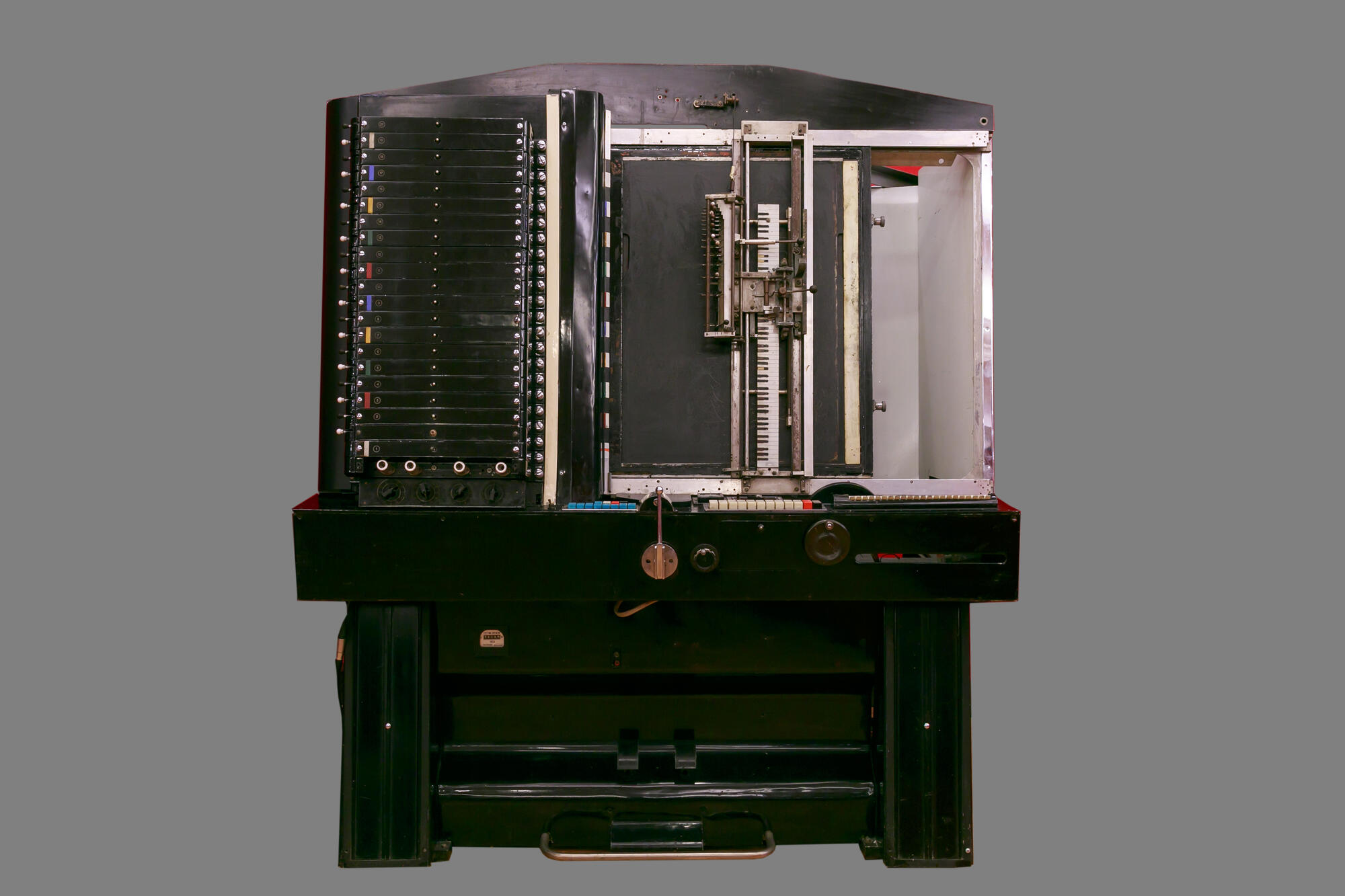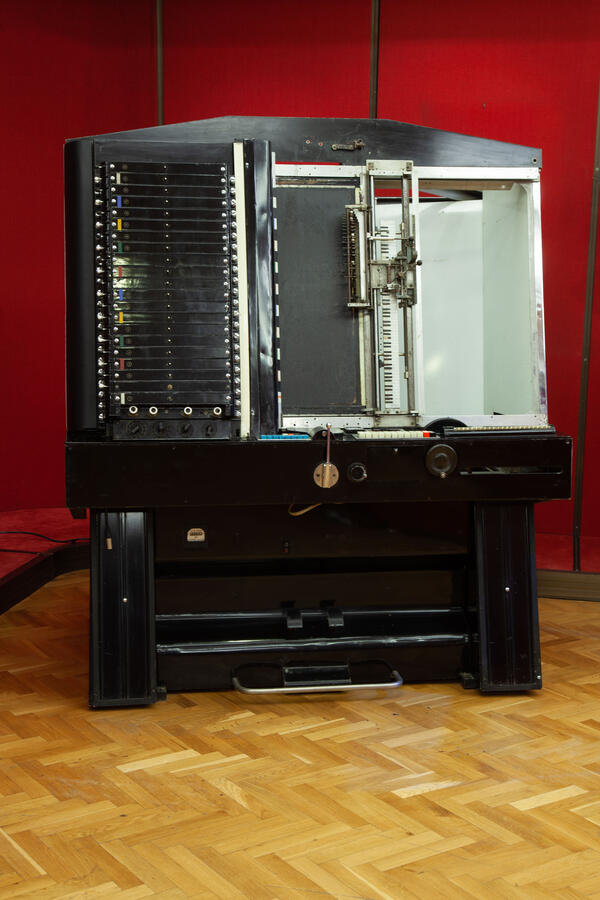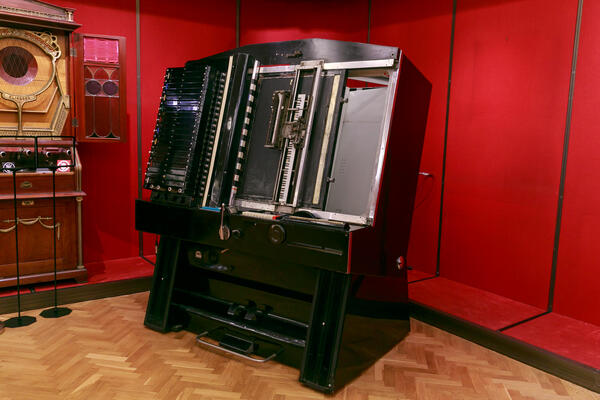The world’s first photoelectronic musical synthesizer known as the ANS was invented by the engineer Evgeny Murzin. The acronym in the instrument’s name (written as “AHC” in Russian) contains letters not of the Latin alphabet, as it is customary nowadays, but of the Russian alphabet, and should be read accordingly.
In fact, the instrument was named in honor of the famous Russian composer Alexander Nikolayevich Scriabin. It was his ideas that inspired Murzin’s invention. As early as 1938, he was already thinking about creating a musical instrument that would not limit the composer’s imagination in any way. During that time, he was a student in Moscow.
Murzin’s work on his design was interrupted by World War II. The engineer was sent to a research institute where he participated in developing artillery equipment. After the war, Murzin continued working for the military industry.
Because of that the first working synthesizer model was built only in 1958. Its operating principle allowed the composers to listen to their music while adjusting and correcting it at the same time. They could make changes in the entire sounding range, and add any tones, textures, and dynamics.
The ANS synthesizer differs from modern synthesizers in its design, being more similar to a computer. The instrument has long-term and short-term memory and encodes the rhythm and pitch information. Although quite exotic, the ANS synthesizer was not merely a toy or a curiosity, but an actual musical instrument.
In 1966, the Experimental Electronic Music Studio was opened at the Scriabin Museum where the first ANS model was housed. The studio was directed by Murzin himself and gathered such famous composers as Edison Denisov, Sofia Gubaidulina, Eduard Artemyev, and later Vladimir Martynov.
Music composed on the ANS synthesizers was performed in theaters and on television. Nowadays, it can be heard in the scores of such movies as “Siberiade, ” “Solaris, ” “Liberation, ” and “The Diamond Arm.”
In fact, the instrument was named in honor of the famous Russian composer Alexander Nikolayevich Scriabin. It was his ideas that inspired Murzin’s invention. As early as 1938, he was already thinking about creating a musical instrument that would not limit the composer’s imagination in any way. During that time, he was a student in Moscow.
Murzin’s work on his design was interrupted by World War II. The engineer was sent to a research institute where he participated in developing artillery equipment. After the war, Murzin continued working for the military industry.
Because of that the first working synthesizer model was built only in 1958. Its operating principle allowed the composers to listen to their music while adjusting and correcting it at the same time. They could make changes in the entire sounding range, and add any tones, textures, and dynamics.
The ANS synthesizer differs from modern synthesizers in its design, being more similar to a computer. The instrument has long-term and short-term memory and encodes the rhythm and pitch information. Although quite exotic, the ANS synthesizer was not merely a toy or a curiosity, but an actual musical instrument.
In 1966, the Experimental Electronic Music Studio was opened at the Scriabin Museum where the first ANS model was housed. The studio was directed by Murzin himself and gathered such famous composers as Edison Denisov, Sofia Gubaidulina, Eduard Artemyev, and later Vladimir Martynov.
Music composed on the ANS synthesizers was performed in theaters and on television. Nowadays, it can be heard in the scores of such movies as “Siberiade, ” “Solaris, ” “Liberation, ” and “The Diamond Arm.”



